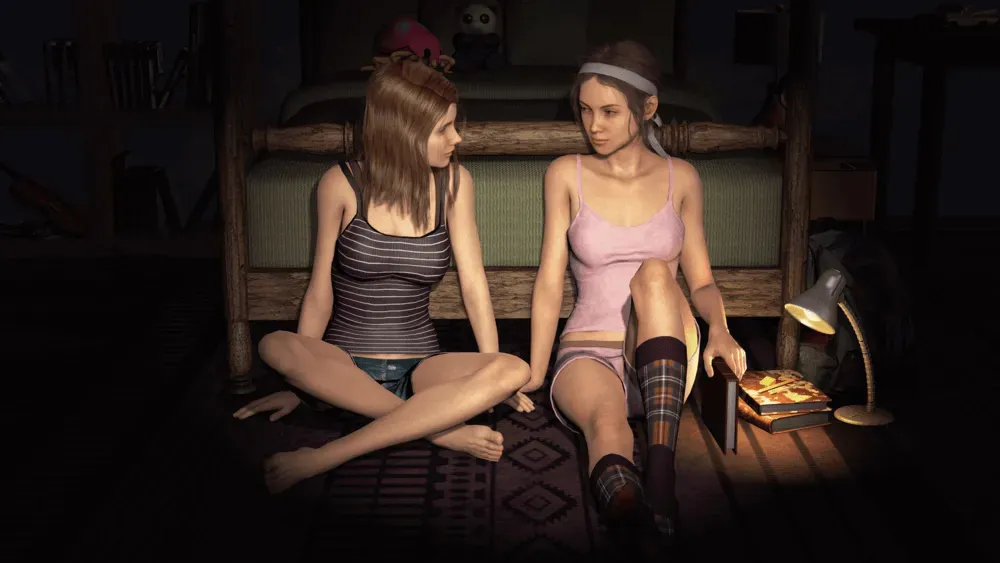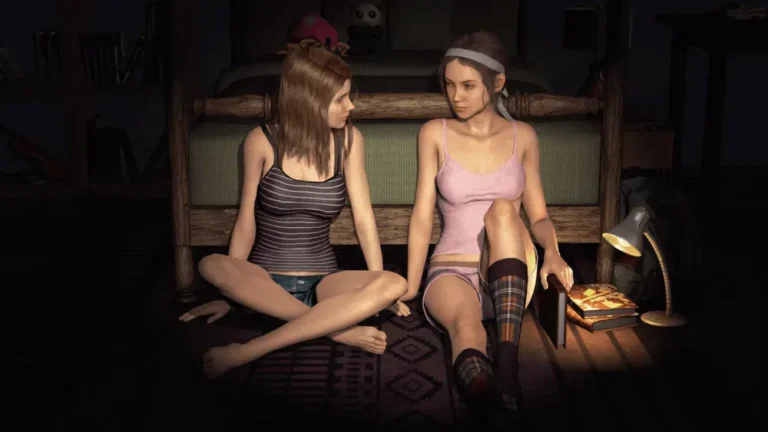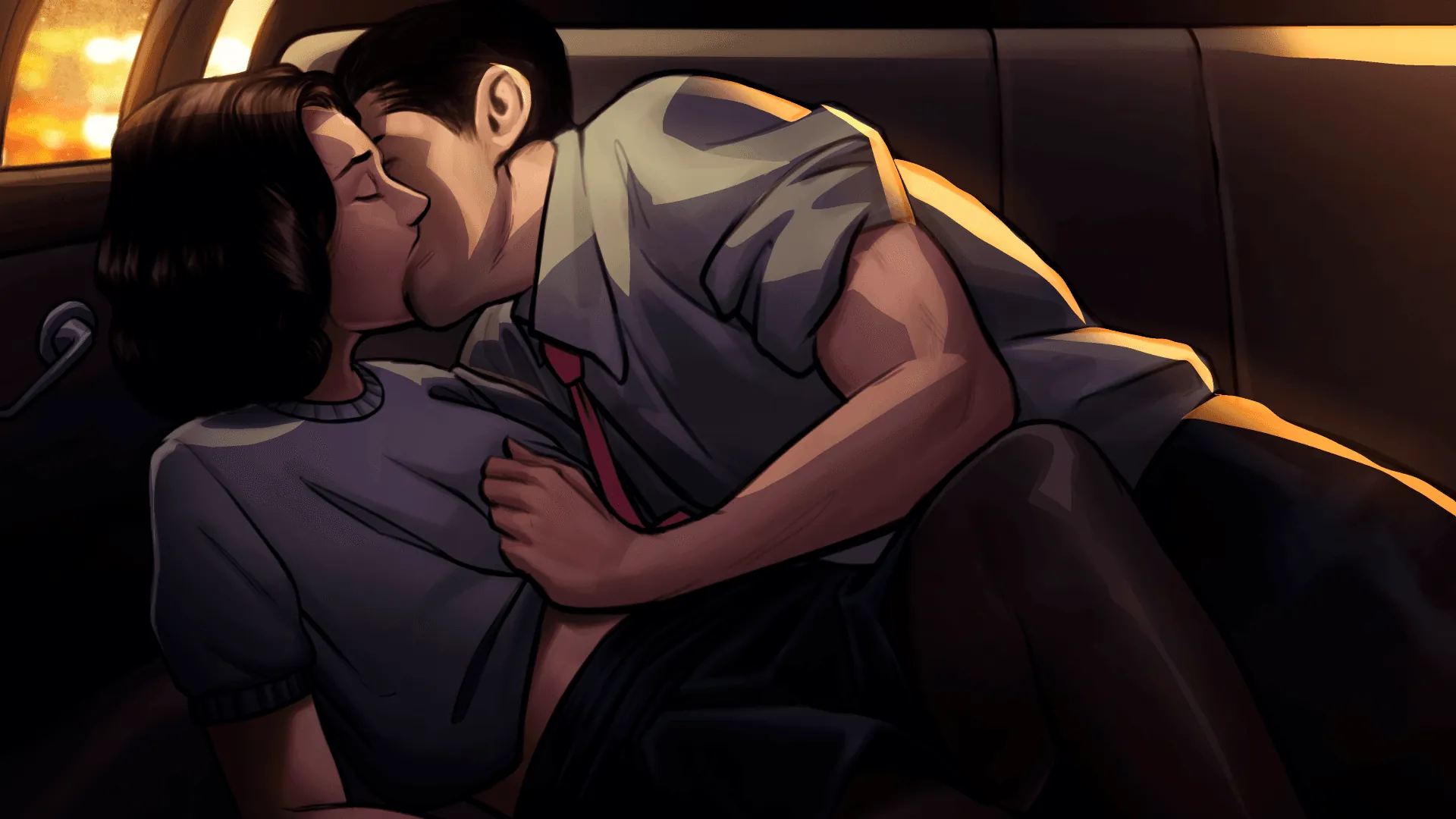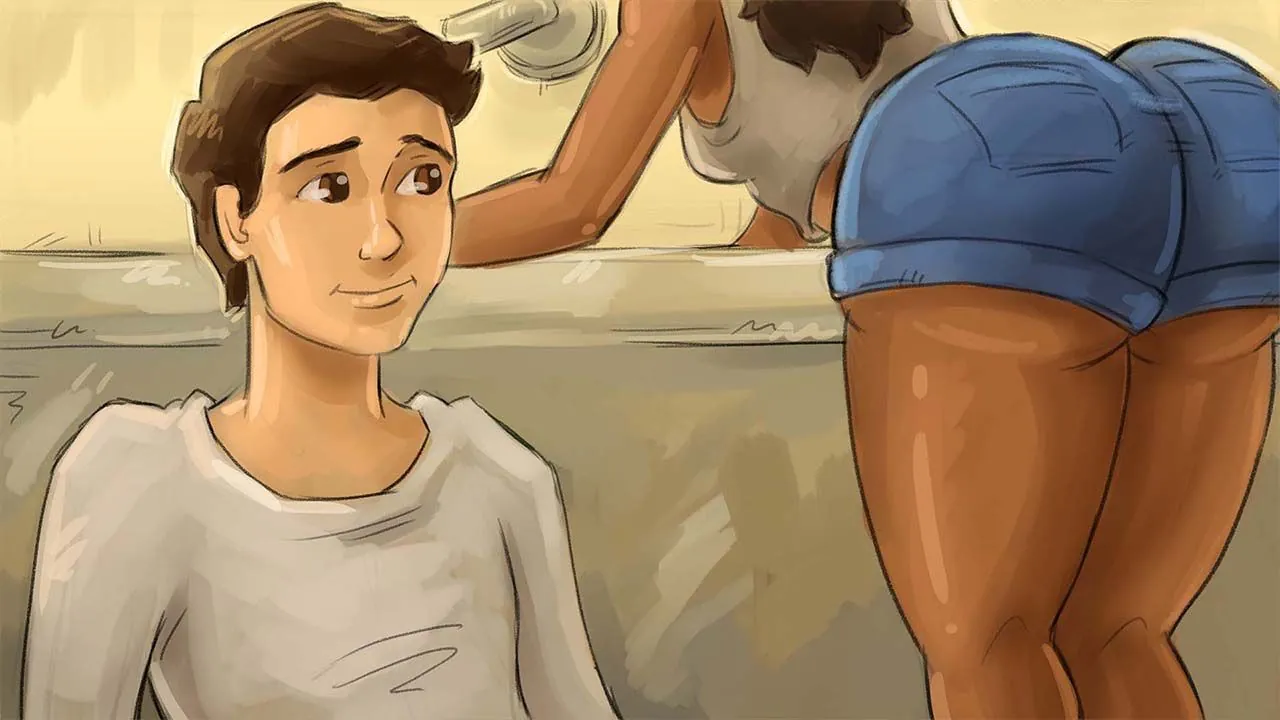
Short Sad Stories
Play Short Sad Stories
Short Sad Stories review
How Short Sad Stories Blends Heartfelt Storytelling with Interactive Choices
If you’ve ever searched for a game that truly tugs at your heartstrings, you might have stumbled upon Short Sad Stories. This interactive narrative experience stands out by weaving together poignant tales, tough choices, and emotional consequences. Unlike traditional games focused on action or competition, Short Sad Stories invites players to explore complex feelings, relationships, and the bittersweet moments that shape our lives. In this article, we’ll dive deep into what makes this game special, how its stories unfold, and why it resonates with players looking for more than just entertainment—they want connection, reflection, and a story that lingers long after the screen goes dark.
What Makes Short Sad Stories Unique?
Most story-driven games follow a familiar blueprint: a hero’s journey, an epic quest, or a mystery to be solved. The Short Sad Stories game flips this script entirely. 🤔 Instead of saving the world, you’re navigating the quiet, often painful, moments that define a human life. This isn’t about winning; it’s about feeling, understanding, and sometimes, just enduring.
The core of this experience lies in its interactive story choices. You aren’t just reading a tragic tale; you are actively participating in it, making decisions that shape the narrative’s emotional trajectory. The consequences aren’t measured in points or power-ups, but in the weight they leave in your heart. ❤️🩹 It’s a powerful approach that places the Short Sad Stories game in a category of its own among unique story-driven games.
A Fresh Take on Interactive Storytelling
So, how does Short Sad Stories work? Imagine a collection of poignant vignettes, each a self-contained world of emotion. You step into the shoes of different characters facing moments of loss, regret, or bittersweet reflection. The gameplay loop is deceptively simple: you read, you feel, and you choose.
The magic, however, is in the execution. The game’s aesthetic is a masterclass in supporting its tone. The art style is often minimalist and evocative, using color and shadow to convey mood more effectively than hyper-realism ever could. 🎨 A haunting, beautifully composed soundtrack underscores every moment, making the silence between choices feel as heavy as the text itself. The writing is the true star—sparse, poetic, and brutally honest. It doesn’t tell you how to feel; it creates a space where those feelings can surface naturally.
This focus makes it a standout title for anyone seeking the best sad interactive stories. It understands that sadness isn’t a monolithic emotion; it’s a spectrum that includes nostalgia, acceptance, and even a strange kind of beauty.
| Feature | Short Sad Stories | Traditional Narrative Games |
|---|---|---|
| Primary Goal | Emotional exploration and connection | Problem-solving and achievement |
| Impact of Choices | Alters emotional outcome and character perspective | Unlocks new story branches or game endings |
| Replay Value | Discovering new emotional layers and interpretations | Completing collections or seeing all endings |
| Emotional Tone | Focused on melancholy, loss, and personal insight | Often a mix of action, humor, and drama |
Emotional Impact: Why Players Keep Coming Back
You might wonder why anyone would willingly subject themselves to a series of sad story games. The answer is surprisingly uplifting: catharsis. There’s a profound value in sitting with difficult emotions in a safe, controlled environment. The Short Sad Stories game provides a space to process feelings we often avoid in our daily lives. It’s not about being miserable; it’s about empathy and understanding. 🌱
This emotional resonance is what makes it one of the most memorable emotional narrative games. The stories stick with you long after you’ve put down the controller. I remember one particular story about a character cleaning out their late grandmother’s house. A simple choice presented itself: keep a seemingly worthless, chipped teacup, or throw it away. I chose to keep it. The game didn’t reward me with a trophy. Instead, it unfolded a quiet memory of the character and their grandmother sharing tea, making that chipped cup feel like the most valuable object in the world. I cried. It was a beautiful, heart-wrenching moment that felt entirely mine because of my choice.
A player shared: “I played the story about the two friends growing apart. I had to choose between holding onto a grudge or offering a hesitant apology. I chose the apology, and the reconciliation was messy and imperfect, just like real life. It didn’t fix everything, but it felt true. That moment has honestly changed how I approach conflicts with my own friends.”
This is the power of its interactive story choices. They aren’t about finding a “correct” path, because in matters of the heart, there often isn’t one. They are about self-discovery. What would you do? What does your choice say about you? This personal investment is the engine that drives players to return, to explore different paths, and to see how a single altered decision can change the entire emotional color of a story.
How Choices Shape Your Experience
The mechanics of how does Short Sad Stories work are elegantly tied to its purpose. Your decisions rarely lead to a “Game Over” screen. Instead, they gently steer the narrative, altering the protagonist’s internal monologue, the tone of a conversation, or the symbolism in the environment. A choice to visit a park might trigger a flashback of happier times, while choosing to stay home might deepen the character’s sense of isolation.
This system creates a deeply personalized experience, solidifying its place among the best sad interactive stories. You’re not just witnessing a tragedy; you’re co-authoring its emotional beats. The game masterfully uses its interactive story choices to make you complicit in the outcome, which makes the emotional payoff—whether it’s a glimmer of hope or a quiet acceptance of loss—infinitely more powerful.
Ready to dive into this unique world? Here’s how to get the most out of your journey with these sad story games:
- Let your guard down. 🛡️➡️💧 Don’t try to “game” the system or guess the optimal outcome. Go with your gut reaction. The most genuine experiences come from making the choice that feels right to you in the moment.
- Embrace the silence. 🤫 After a major choice, take a moment. Don’t rush to the next text box. Let the consequence of your decision settle. The game’ atmospheric music and art are designed to facilitate this reflection.
- Replay with a different heart. 🔄 When you finish a story, try playing it again immediately, but make the opposite choices. See how the same set of circumstances can lead to a completely different emotional resolution. It’s a fascinating look at the paths not taken.
- Don’t fear the feelings. 😢 It’s called the Short Sad Stories game for a reason. If you feel a lump in your throat or tears welling up, you’re doing it right. This emotional release is a feature, not a bug.
The Short Sad Stories game is more than just a title in the catalog of emotional narrative games. It’s an experience that champions emotional honesty over escapism. It proves that interactive story choices can be a tool for profound connection and introspection, making it a truly essential title for anyone who believes that games can be a powerful and unique form of art. 🎭
Short Sad Stories is more than just a game—it’s an emotional journey that stays with you. By focusing on authentic storytelling, relatable characters, and the power of choice, it offers a rare kind of interactive experience. Whether you’re looking to reflect on life’s tougher moments or simply enjoy a well-crafted narrative, this game delivers. Ready to see where your choices will take you? Dive in, take your time, and don’t be afraid to feel. Share your story with others, and remember: sometimes, the saddest tales are the ones that help us grow the most.









